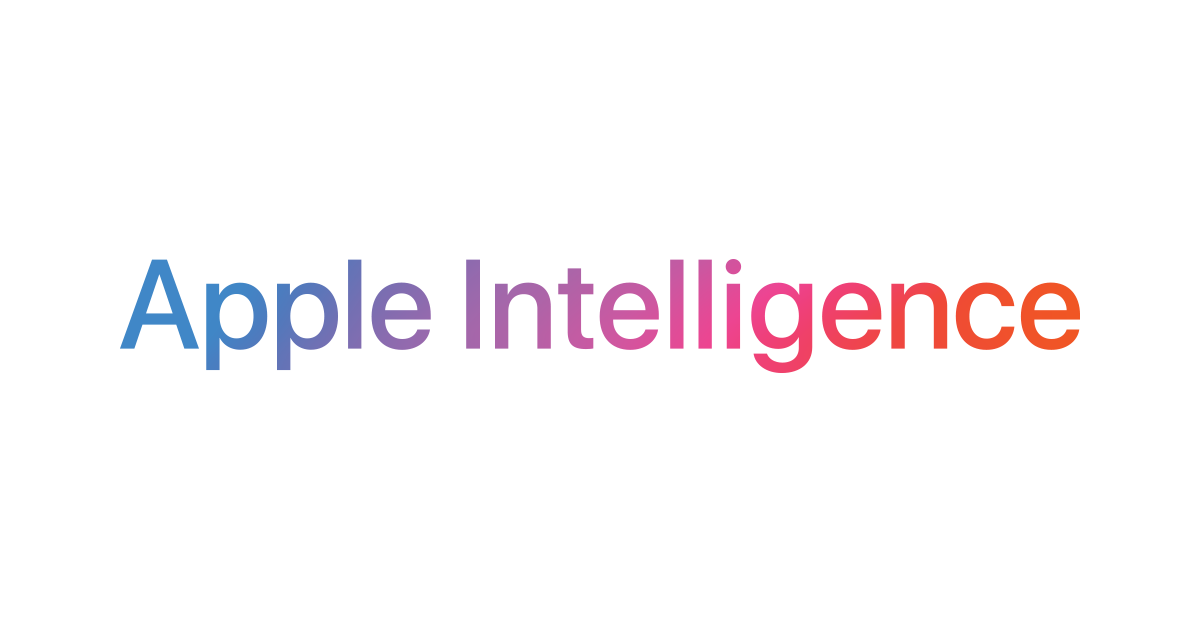AI, AI on the screen, what’s the best use case of them all?

Introduction
About a month ago, a few of my friends and I started discussing how it was going to be changing the classroom. In the true spirit of intellectual extrapolation, we meandered through many potential future timelines and discussed ethics, operations, customer service and everything else in between. We also wrote a small article and submitted it to a newspaper (that reminds me to follow up on that). Thanks to Google’s recommendation algorithm and Twitter (now X)’s polarizing social media feeds, I have been bombarded with AI related news for weeks now. And for some reason, no one seems to be talking about anything else. Just last week, we had a senior executive from the ecommerce domain visiting us on campus and she engaged with the Ai and its impact in a very interesting way. Representatives from top consulting organizations too seem to be discussing AI. Earlier today, another top level HR exec from a multinational firm spoke about AI and how it was impacting the HR profession. For some reason, it is AI, AI, AI everywhere. So, it's no wonder I managed to waltz into AI for this week's newsletter. Over the course of the next thousand or so words, I do not want to engage with the idea of what AI is and how it can do ‘falkana gymkhana’ (I came up with that myself). I plan to instead focus one key thread of thought - AI in the classroom. And If you have been following me around the campus, you’d know this is pretty much everything I’ve been speaking to all the random strangers who are stepping into our campus these days. (hopefully, I will talk about AI in marketing in another article sometime later).
AI in the classroom
This comes as no surprise to those in the consumer behavior class. I am still thinking about how to use AI in the classroom and help improve the learning outcomes of my students. I firmly believe that all my students would have access to AI just as much as they currently have access to calculators and internet search. Therefore, it’s only proper that it gets introduced into the tool kit. But then, how do we go about it? But before we discuss the possible solutions, let me quickly talk about some of the critique. First, there is the issue of accurately capturing real-world applications of knowledge. As you are already aware, AI excels at single step problem solving. But when it comes to multi step problems, AI begins to falter. Second is the issue of ethics. Would students be able to use AI, respecting principles of academic integrity. If you recollect the conversations that we had in class, almost every objection to the idea of making AI available to students during exams come from one of these two reasons. In my view, this is easily addressable.
AI excels at single step problem solving. But when it comes to multi step problems, AI begins to falter.
A solution of sorts
Imagine an examination that is structured like this. The exam is case based. You are provided access to the case say 12 hours in advance in proper, machine readable format. You can use AI to analyze the case, take notes, explore related content and cross reference other pieces of information to understand the situation. Whatever you want to make note of, you pen it down on one sheet of A4 sized paper only (use any font size you like, use multi colored pens on one top of each other, knock yourself out). You are allowed only that sheet of paper for reference in the exam hall. But then, the learnings from your discussions and explorations can stay with you. Students can then walk into the exam hall and then be provided the question paper. Understandably, the question paper would have application based questions that would require students to think and apply the amalgamation of their analysis, notes, and learnings in class (not just consumer behavior, but all other (relevant) courses that were compulsory for you to attend in first year). Your answers will also be restricted to say 3 pages long. Instead of grading you on say 25 marks, the faculty would instead mark your response on the basis of the thoroughness as Great to Average to Poor. Let’s say we put a number to each of them and then compute your grades for the exam.
When I asked AI (ChatGPT) to rate this, and this is what it came up with: “The idea is innovative and aligns with progressive teaching and evaluation methodologies. It shifts the focus from rote learning to real-world applicability and analytical thinking. However, its implementation would require careful planning and access to appropriate resources. The clarity in some sections could be improved, but the concept is promising. Overall, I'd rate the idea as 8/10”. I think that’s something that we can work with for the time being. Furthermore, my friend ChatGPT thinks the method has the following strengths.
- Real-world applicability with the use of AI and exploration.
- Emphasis on analysis over rote memorization.
- Limited reference material promotes prioritization of information.
- Application-based questions foster critical thinking and knowledge application.
- Holistic grading system provides a broad view of understanding.
The way forward
I have a few ideas in mind and I’m going to share them freely so that a broader discussion on the subject is kick started. Let me just put them down in bullet points for ease of reading.
- Provide all cases/caselets for the upcoming sales and distribution course in machine readable formats in advance. This way, students can use AI to analyze the case and come prepared to class with more pointed and pertinent questions and answers. In class, we can go ahead and ban all electronic devices (other than the microphone and speakers of course). My hope is that this will bring out the best in the students and me as a faculty because both have to be able to tackle cross questioning and deeper investigations.
- Given that AI is now making data analysis easier and coding faster, maybe we can engage with datasets more intimately. As a faculty, I could provide you with a dataset a few days in advance and you could analyze it well, and we could discuss in class on how to go forward with deriving insights from the data. This, in my view, will more closely mimic real business scenarios.
- Allow exam answers to be peer reviewed by other students using AI. I, as a faculty, could suggest some predefined prompts to help you set the right direction.
Like I mentioned before, this is just opening up the ideas that I’ve been thinking about for a broader discussion. My hope is that we can engage with this outside classroom hours. Hopefully, this will bring out the best in students and faculty.
Concluding Remarks
In an era where technology continually redefines the way we work, think, and learn, it's vital for our educational methodologies to keep pace. AI's potential influence on the classroom isn't just a novel idea but a necessary evolution. We simply cannot play the ostrich and allow the world to zoom past us. As I’ve discussed, AI has the ability to usher in a more engaging, analytical, and real-world-focused classroom environment, challenging both educators and students. However, its integration comes with its own set of challenges — from ethical considerations to its practical execution. Like any transformative tool, it's not about the technology itself, but how we choose to wield it. I hope this rant has helped answer some questions and given birth to many more. Have a great day ahead!



